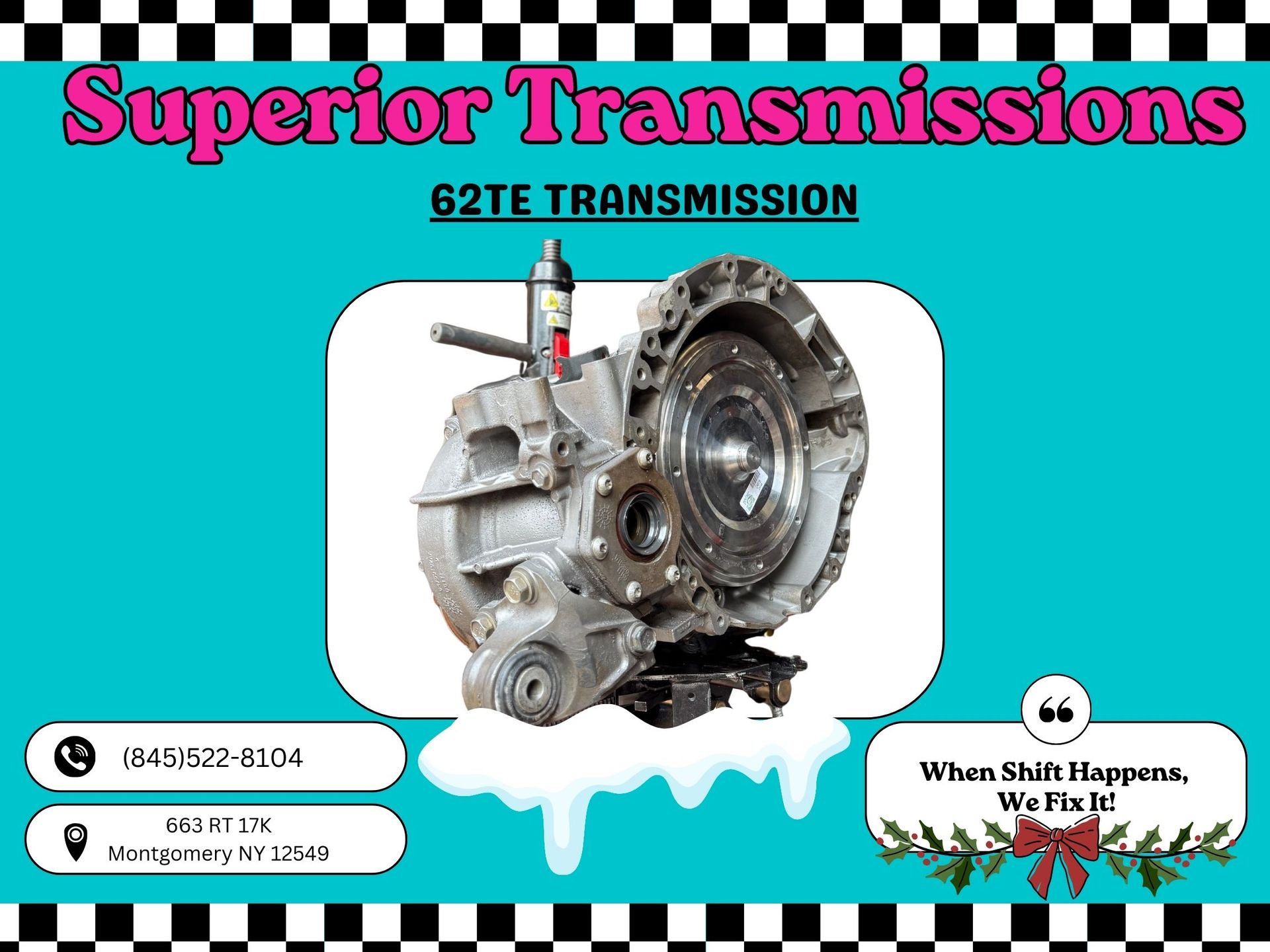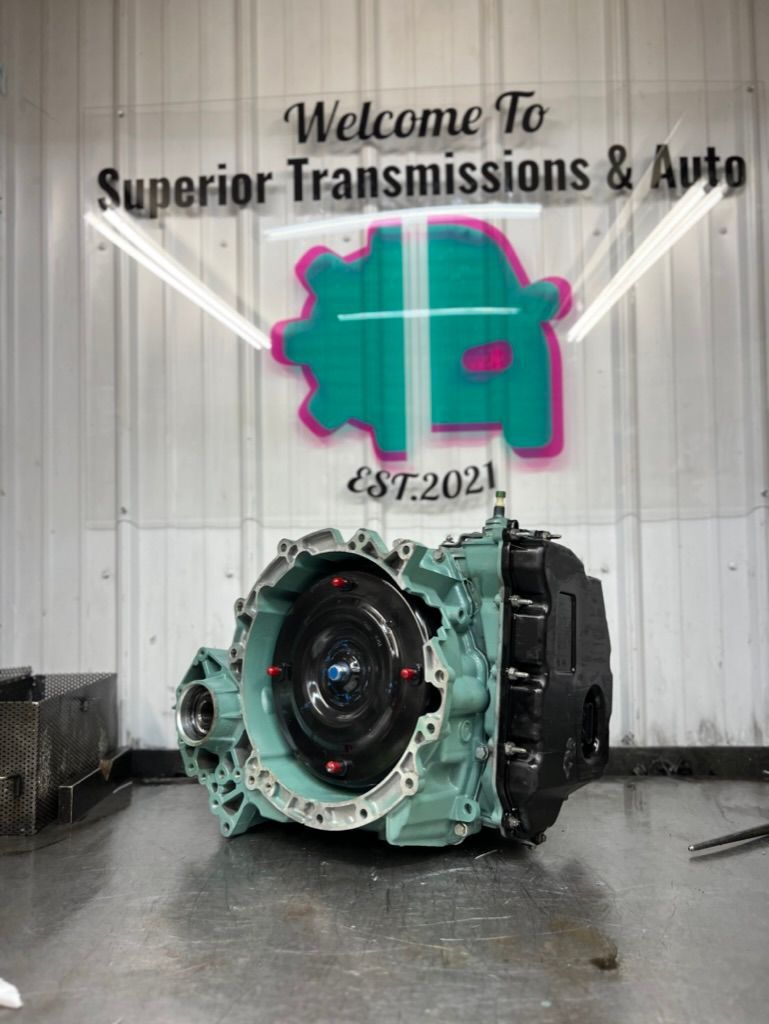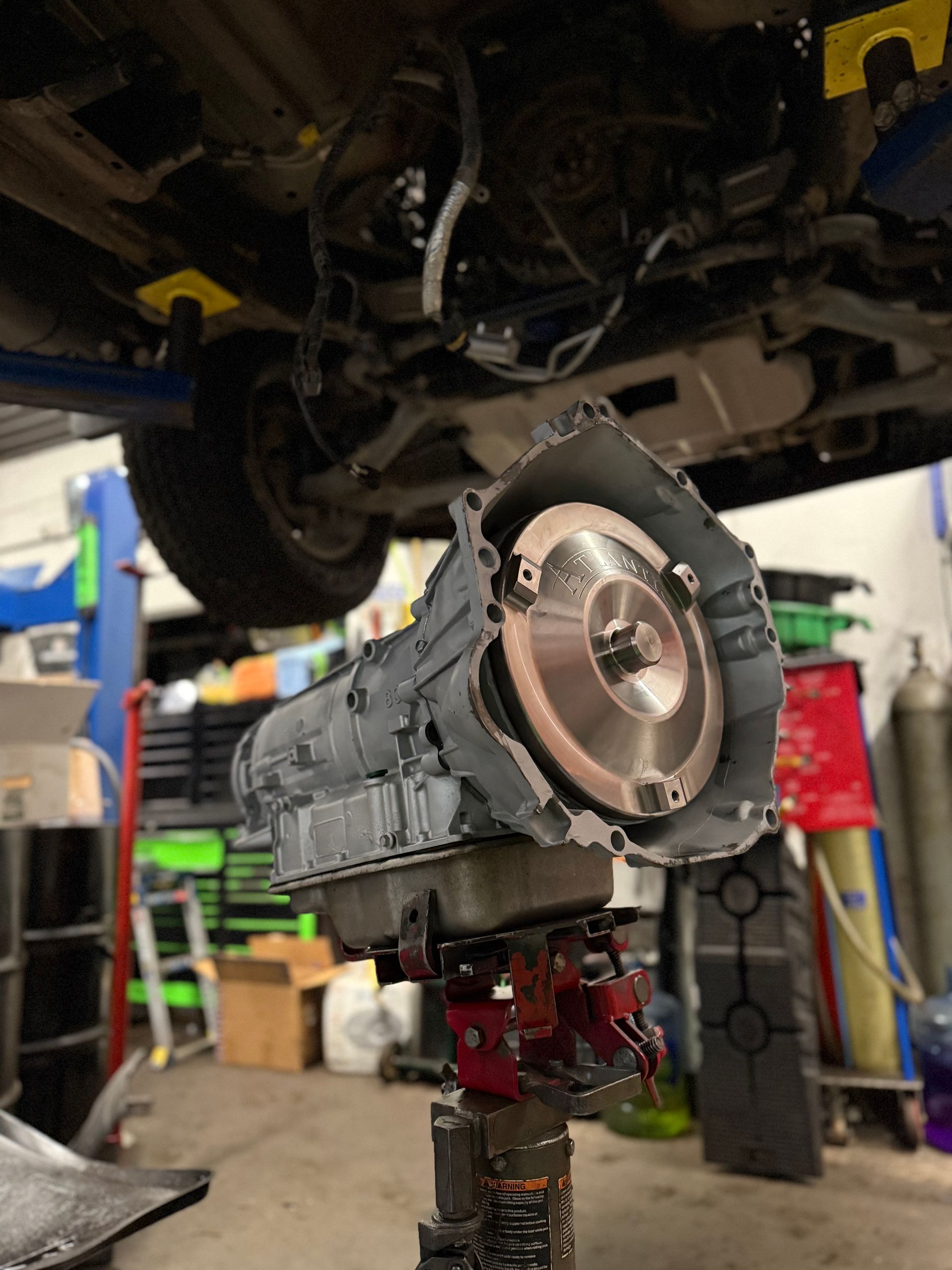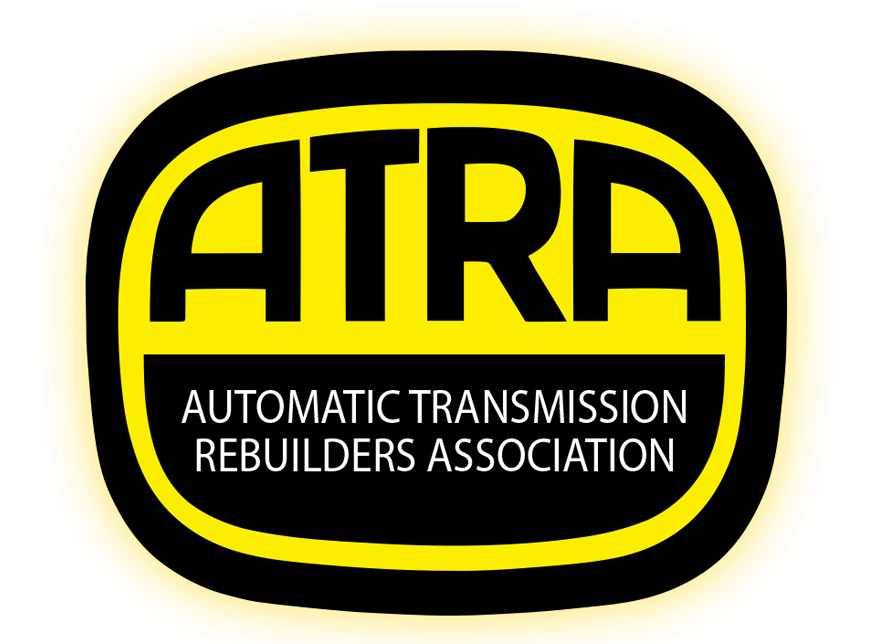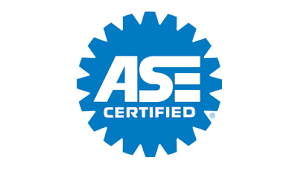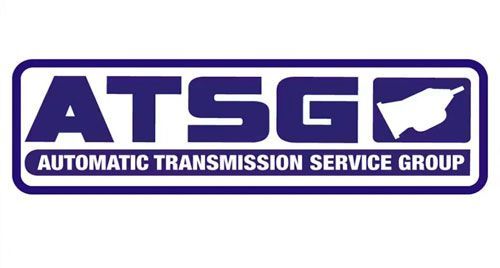Direct Clutch Transmissions
July 15, 2025
July 15, 2025
Understanding Ford Focus DTC Transmissions
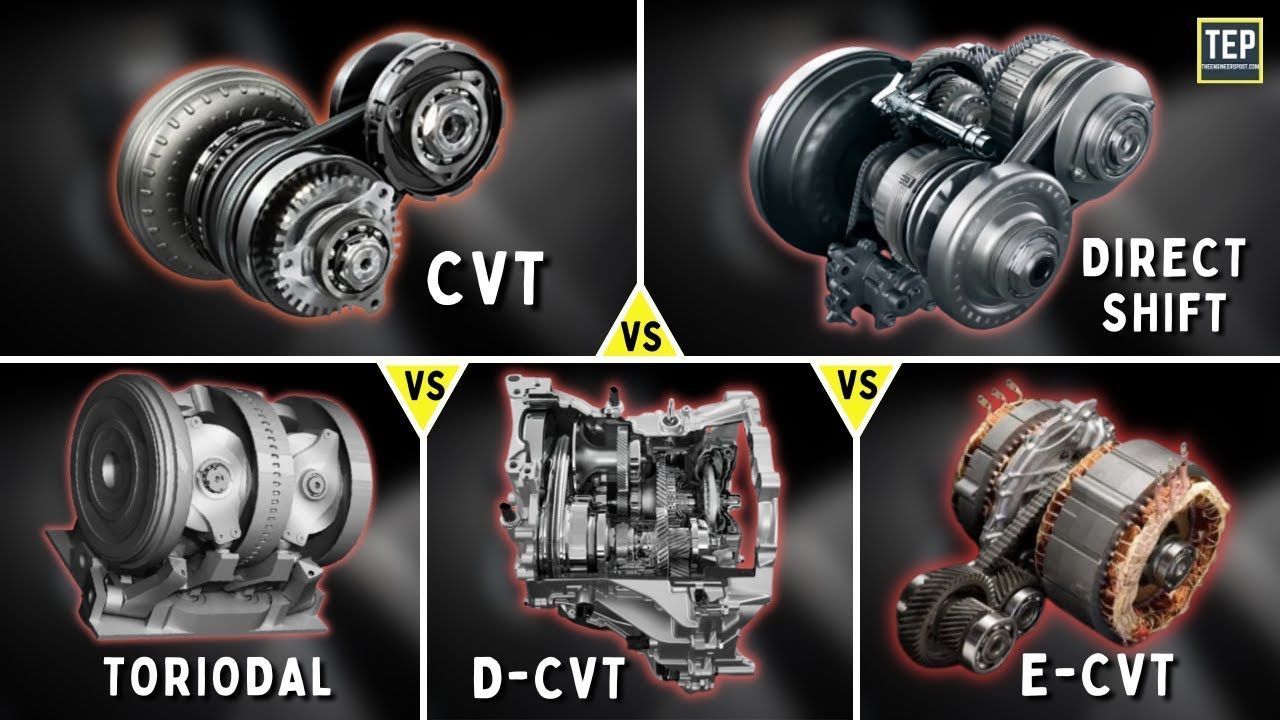
What’s Really Going On
If you own a Ford Focus—especially a model from 2012 to 2018—you’ve probably heard the words “transmission issue” more times than you’d like. The heart of most complaints? The DTC, or Dual-Clutch Transmission. At Superior Transmissions & Auto, we see these often and know exactly what makes them tick—and what makes them fail.
What is a DTC Transmission, Anyway?
DTC stands for Dual-Clutch Transmission. Think of it as a hybrid between a manual and an automatic transmission. It has two clutches—one for odd gears and one for even gears—allowing for faster, smoother gear shifts (in theory). It’s designed for fuel efficiency and performance, but in real-world driving, it often feels anything but smooth.
Unlike a traditional automatic that uses a torque converter, the DTC in the Ford Focus behaves more like a computer-controlled manual transmission. It can feel jerky at low speeds, hesitate when shifting, or seem like it’s slipping—especially in stop-and-go traffic.
Why the Ford Focus DTC is So Problematic
The biggest issues with these transmissions usually boil down to the clutch system and internal actuators. In many cases, the vehicle will:
Shudder on acceleration
Struggle to find or hold a gear
Flash the "Transmission Hot" warning
Show DTC codes (diagnostic trouble codes) for clutch actuator failure or internal gear ratio errors
Ford has acknowledged many of these problems through service bulletins and extended warranties—but even those come with limits.
How We Handle Ford DTC Transmissions
At Superior Transmissions & Auto, we don’t just throw parts at these issues. We diagnose them thoroughly to pinpoint exactly what’s going on. Often, the root cause is worn or contaminated clutch packs, failed shift actuators, or broken internal components in the TCM (Transmission Control Module).
Here’s how we handle DTC repairs:
1. Complete Diagnostic Scan
We start with a full scan of the transmission’s computer to identify stored trouble codes. This gives us insight into clutch position, actuator performance, and gear engagement.
2. Clutch Replacement
The most common repair is replacing the dual-clutch assembly. These clutches wear prematurely, especially in traffic-heavy areas. We use upgraded parts and take the time to properly recalibrate everything during reinstallation.
3. Actuator & TCM Checks
We test the transmission’s shift actuators and often recommend replacement if there are engagement issues or hesitation. In some cases, the TCM may also need programming or replacement.
4. Adaptive Relearn & Road Testing
Once the repair is complete, we perform an adaptive relearn procedure and extensive road testing to ensure the transmission shifts correctly under all driving conditions.
A Different Drive—And a Different Kind of Fix
Driving a DTC-equipped Focus isn’t like driving a standard automatic—and that’s part of the confusion for many drivers. It’s normal for the car to feel a little “clunky” at low speeds. But grinding, slipping, or delayed shifts? Those are not normal.
If you’re dealing with a misbehaving Focus transmission, don’t just live with it. And don’t let someone tell you “it’s just how they drive.” We’ve rebuilt countless DTCs, replaced dozens of clutches, and know these systems inside and out.
Bring It to the Experts
Not every shop will work on DTCs—some won’t touch them at all. At Superior Transmissions & Auto, we specialize in them. Whether you need a diagnostic, a clutch replacement, or a complete rebuild, we’ve got the tools, training, and experience to get your Focus back on the road—the right way.
�55357;�56525; Located in New Windsor, NY
�55357;�56507; Schedule your appointment right on our website!
�55357;�56615; Trust the shop that knows transmissions inside and out.
Superior Transmissions & Auto
Bringing transparency—and performance—back to auto repair.


